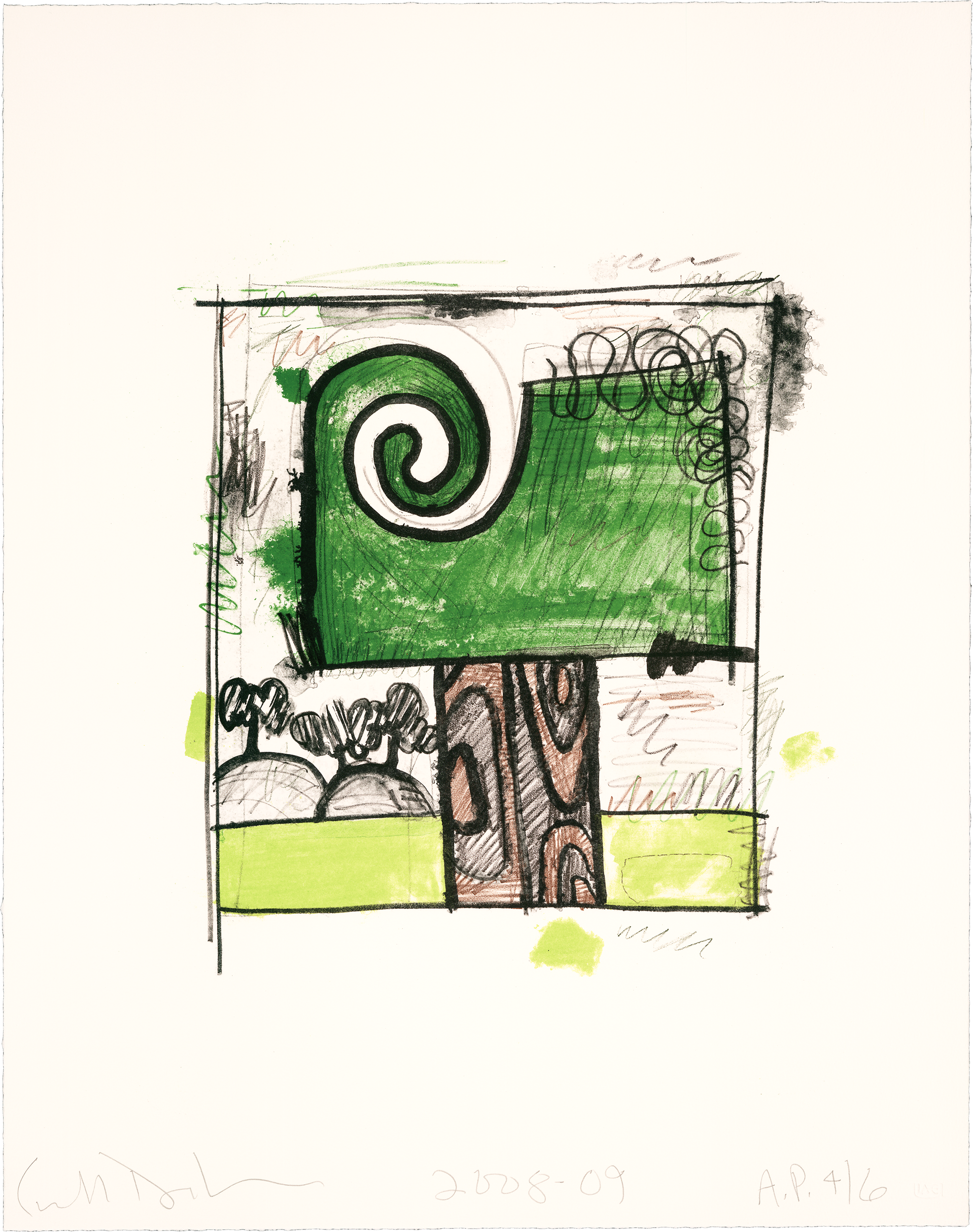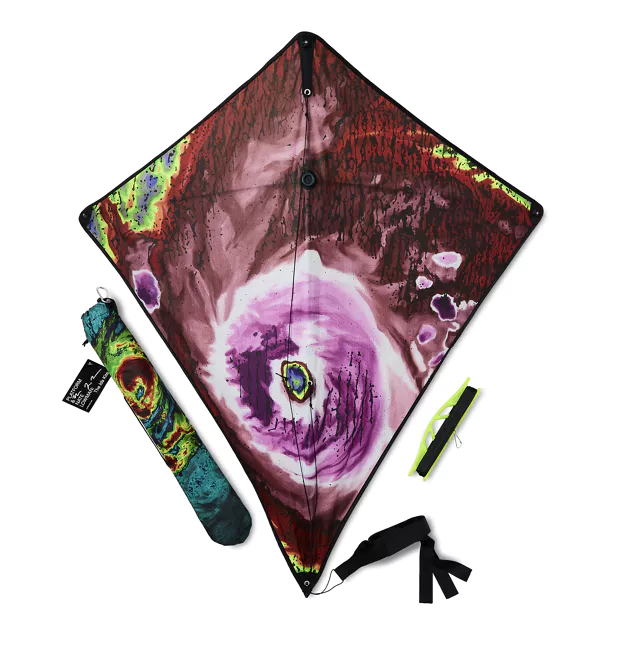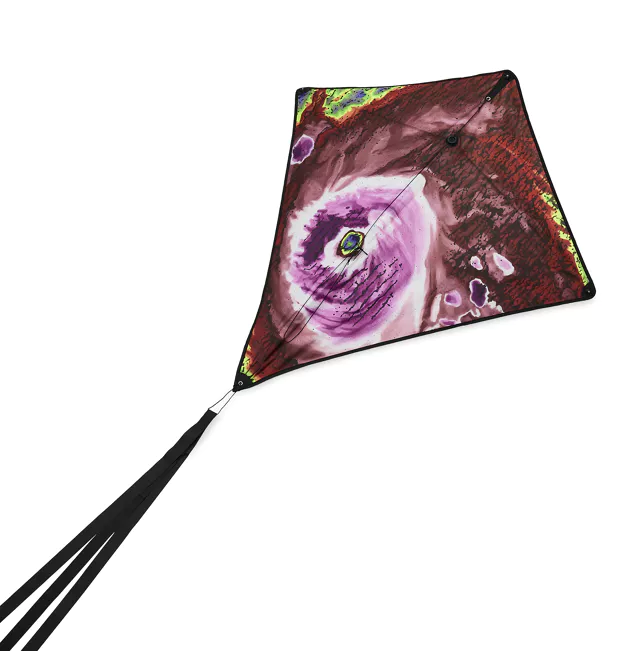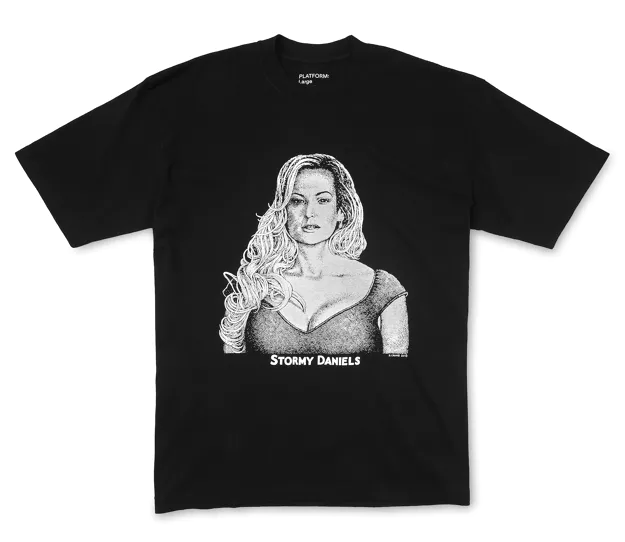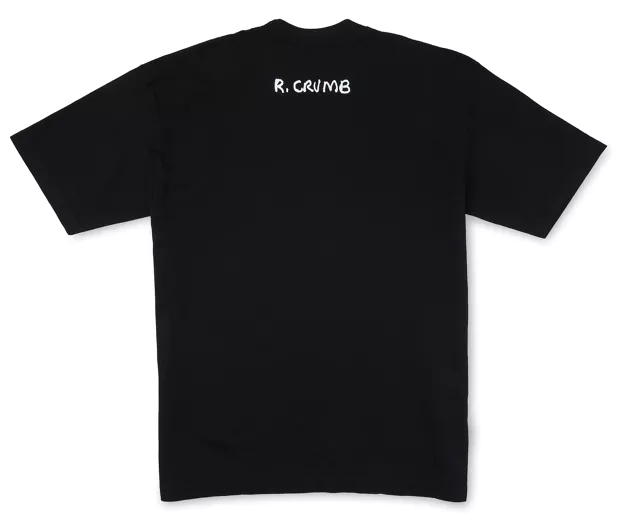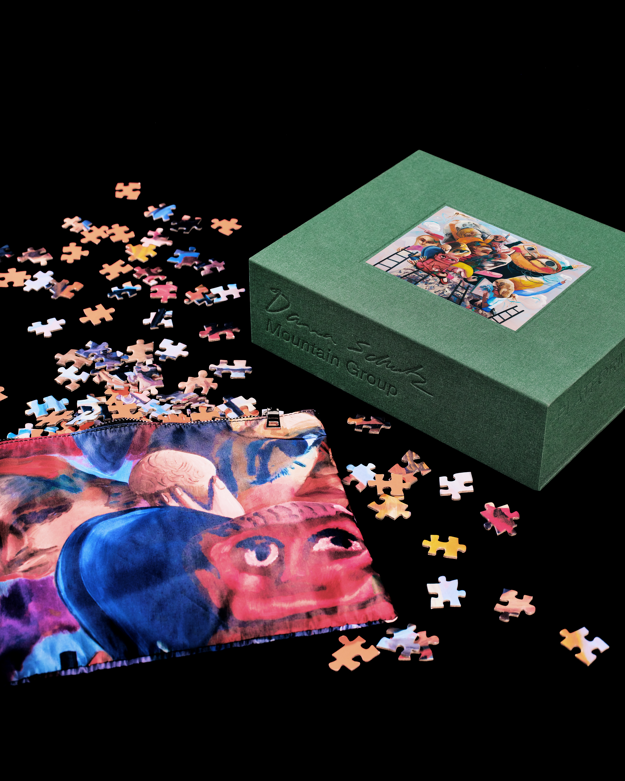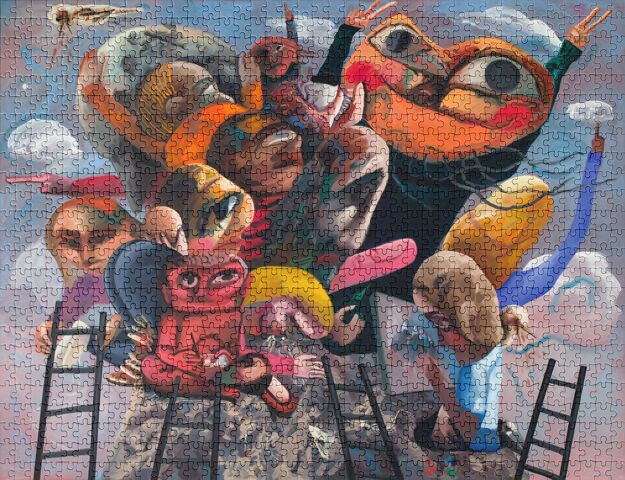Details:
① Artwork:
Tree 1
In this lithograph in seven colors, a limited edition of 30, Dunham replaces the human figure with nature, electing to anthropomorphize a tree in a landscape instead. The artist built up the image via multiple layers and various tools while still realizing the unique mark-making for which he is known.
Carroll Dunham's references to art history subtly get filtered through his memories and associations. Dunham's art brings to mind cartoons and album covers of the 1960s, while his recurring biomorphic forms emulate the subconscious urges of a childhood doodling. Like his paintings, The artist's prints function on many levels. Bill Goldston invited Dunham to print at ULAE in 1984, and he has since experimented with lithography, intaglio, wood engraving, screen printing, and, most recently, digital printing.
Specs:
③ Artist:
Carroll Dunham's paintings employ uniquely stylized human figures to playfully and crudely examine painting tropes and traditions. The artist employs cartoonish semblances of nature and sexually grotesque imagery as a foil for experimenting with color and line—exemplified by his frequent use of thick black outlines around familiar subjects such as blue skies and green trees. Dunham’s work is opposed to an authorial identity through its complex integration of formal craft and philosophical thought.
Carroll Dunham was born in New Haven, Connecticut in 1949. The artist received a BA from Trinity College in Hartford, Connecticut in 1972.
Dunham's works are held in the public collections of: the Art Institute of Chicago in Illinois; the Whitney Museum of American Art in New York City; the Tate Gallery in London, UK; and the Walker Art Center in Minneapolis, Minnesota; among others.
Dunham lives and works between Cornwall, Connecticut and New York City.
